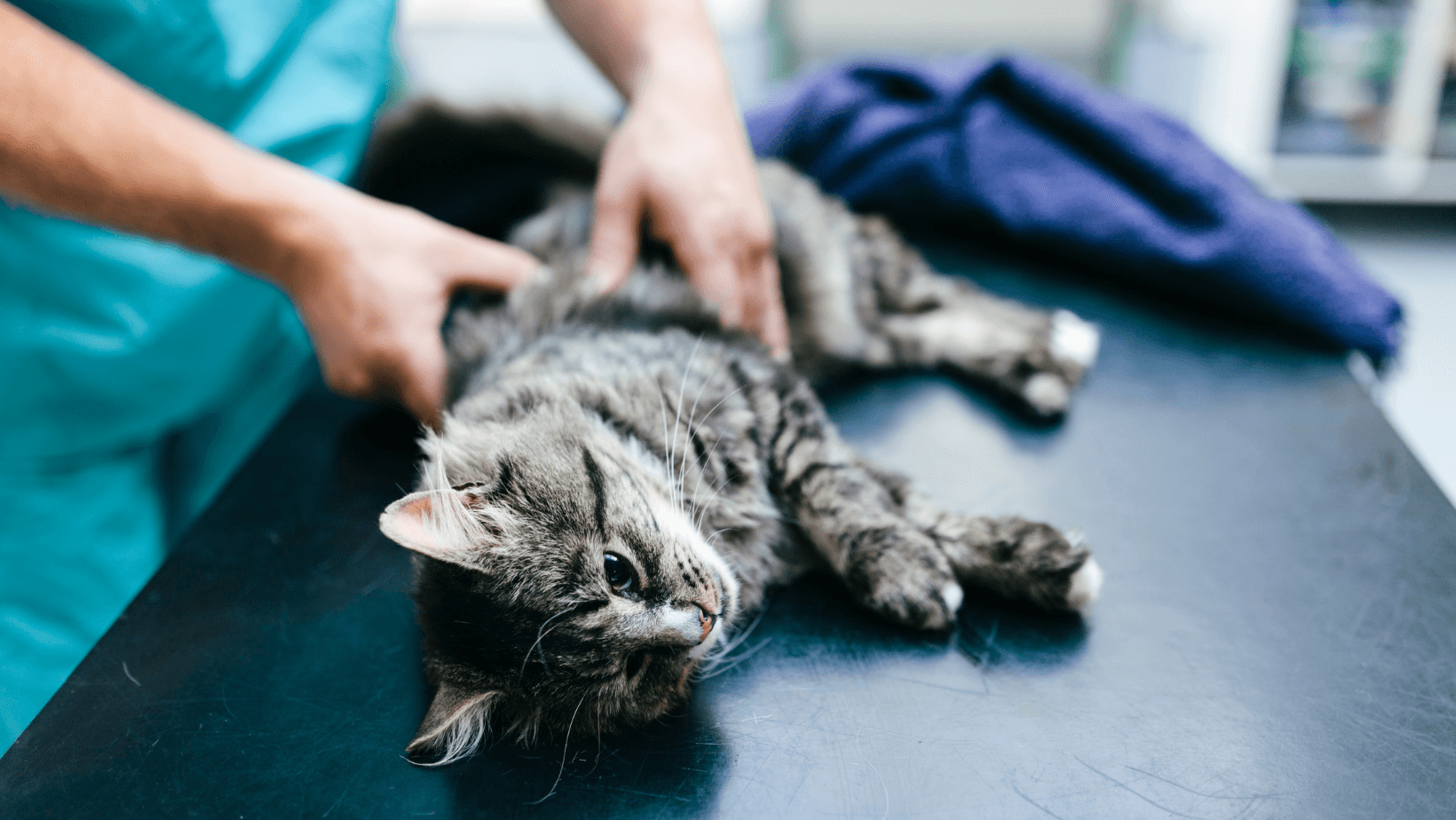-
View Larger Image

Our pets are family, and so when they are sick or injured unexpectedly, it can be very upsetting.
Sometimes you may not be sure it’s an emergency, but often it’s clear that your pet is in trouble. Trouble breathing, excessive vomiting or diarrhea, or any kind of trauma are all reasons to act fast. But what, exactly, is recommended when an emergency occurs?
What To Do In An Emergency
Stay calm – Sit with your pet, speaking to them in calm, reassuring tones. You must stay calm yourself, too. Even though it may be your natural reaction to hug or hold your pet when they are frightened, avoid too much stimulation that could excite or worry them.
Call us – Don’t hesitate to give us a call at 908-777-VETS if you don’t know what to do. Our staff and veterinarians are experts in emergency care for pets, and we are more than happy to talk with you about the best next steps. If you do decide to bring your pet to our Union location for emergency care, it is also very helpful for you to call ahead. This way, we will know what to expect and we can prepare to assist you in transporting your pet into the hospital.
Don’t attempt to administer home remedies – The internet is rife with pet medical advice, some of it good. But administering home remedies in an emergency can not only waste valuable time, but it could also make your pet’s situation worse if the advice is not from a reputable source. Please call us right away so that we can guide you.
Protect your pet and yourself – Even docile pets can become aggressive when in pain or distress. Be very careful when approaching your pet, and avoid the mouth area. If necessary, gently muzzle or create a temporary restraint with blankets and towels to prevent your pet from hurting you or themselves. Never muzzle pets who have vomited if possible.
Move them safely – In cases of physical trauma, it can be nearly impossible for you to know the extent of your pet’s injuries. Do not prod, shift, or move your pet beyond what is necessary to get them to safety or the emergency clinic. All movements must be slow and steady.
The safest way to move large dogs is with a stretcher. Any strong, flat surface – even a rug or blanket – should work. Remember to use some kind of restraint or barrier to keep the dog in place when lifting. Small dogs and cats should be placed in their carrier and secured in the car to make sure there is not too much movement.
Emergencies are never fun, but they do happen. Part of being an attentive pet owner is preparing yourself for the unexpected and educating yourself on what to do in case your pet needs urgent veterinary care. Our Emergency team at Westfield Veterinary Group is here to support you.
Share This Story, Choose Your Platform!

